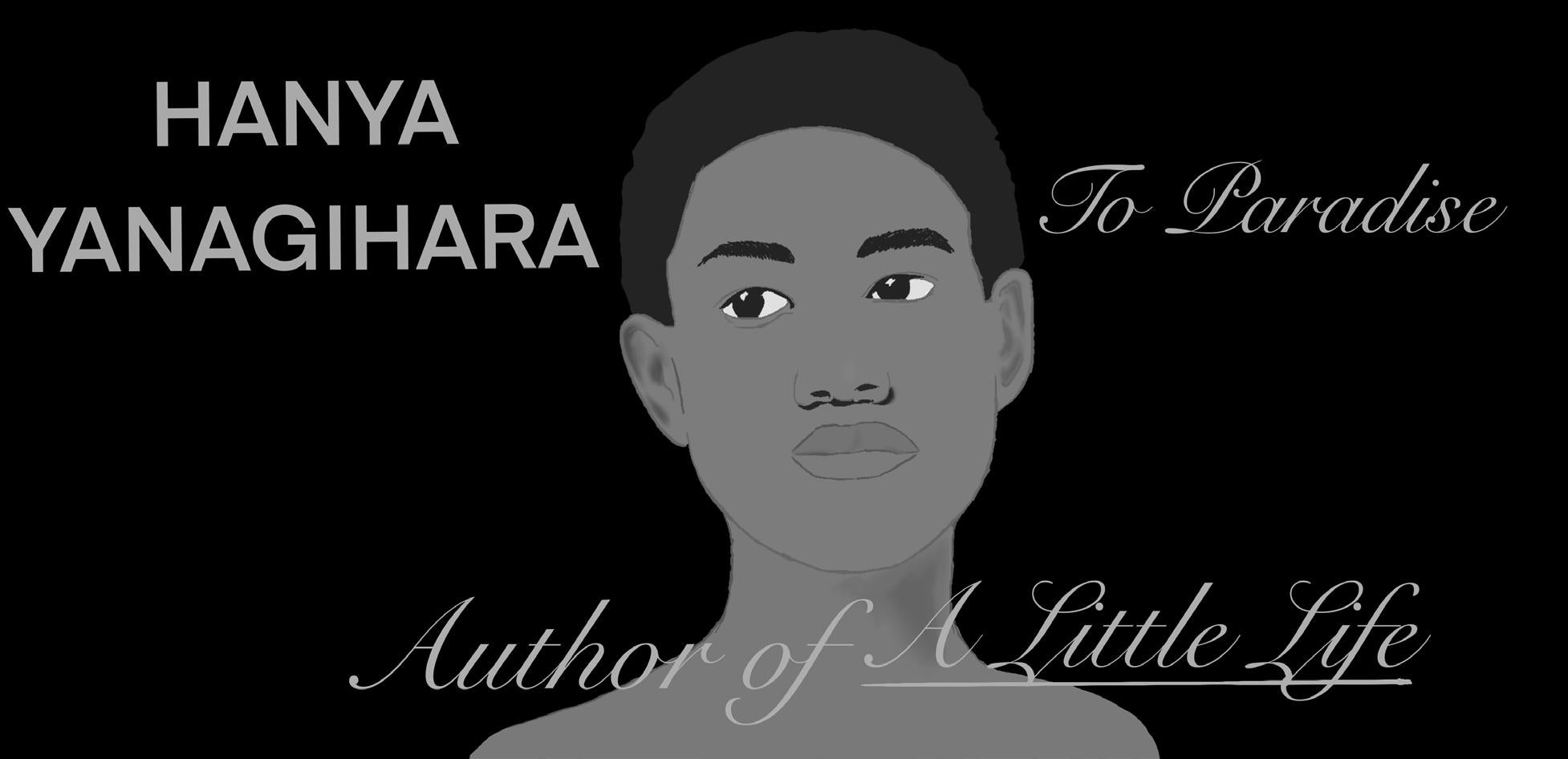
3 minute read
In defense of the pumpkin spice latte
the adjective like a hot potato to distance ourselves from it, we subconsciously participate in the Olympics of selfdestruction – pervasively comparing our tastes with that of others and picking ourselves apart before even building them. At its core, “basic” is a stereotype. Like all stereotypes, it assumes the worst of the group it seeks to patronize. As seen in slurs like “White Trash” or “Fresh Off the Boat” that condemn poor white people and newly settled immigrants, stereotypes are weaponized with the most hostility when the group wielding them wants to distance themselves from another group that they are, in truth, similar to in some way.
Even when modern feminists push to embrace being “basic”, something about this label does not sit right. There is a visceral ignorance in dismissing the interests of a woman as “tasteless” just because a large number of other women seem to also find joy in the same, perhaps because the ability to avoid the “basic” is a privilege. Whether someone is basic is entirely dependent on the variety of goods that are accessible to them.
Advertisement
Story Linda Yun Illustration Isole Kim
Being called basic is like catching the cheese touch: it is as unpleasant as it is inevitable. Since the days of its creation on top of the literal toilet seat of American comedian Lil Duval, the term “basic” has come a long way. Today, it is short for “basic b*tch”, a stereotype with misogynistic undertones, connoting pumpkin spice lattes, Taylor Swift albums, and a lack of self awareness. But more than touching bases with the Top 40, the quality of being “basic” has been uprooted from its history to be weaponized against the poor, the female, and everything in between.
In the eyes of the modern feminist, the term “basic” reeks of patriarchy. The “basic girl” stereotype almost always applies to women, perhaps because it was designed with them in mind. While male equivalents of “basic” come in the form of the insipid “NPCs”, their respective label does not seem to roll off the tongue as easily as it does for women. When told to think of a basic person, the image that pops up is not a jock decked out in flannel. Instead, it almost always refers to an exclusive collection of commonly feminine interests: like enjoying popular musical artists or shopping from the same chain stores. By agreeing to the precondition that feminine interest has no value, men will begin weeding out the unique from the tasteless. To compensate, women will start to use the term against other women and express their disdain for “basic” just as they pronounce their own uniqueness and superiority.
Demonizing the mainstream also means demonizing the people who follow the mainstream. The assumption that popular things are tasteless and predictable leads many down the path of “finding themselves” through validation from subcultures or alternate cultures. But this process is not so much “finding yourself” as it is curating a superficial persona. There is nothing wrong with enjoying things from subcultures, just as there is nothing wrong with enjoying things from the mainstream. The problem arises when individuals pride themselves in their newfound identities so much that they are no longer a person who happens to like niche things, they are a different person in whole.
At the end of the day, if there is not something universally enjoyable about the mainstream, it would not be a mainstream to begin with. By hiding behind the thinlyveiled idea that the “lamestream” and the eccentric are mutually exclusive, the critic is implying that there is something inherently wrong with the person liking the mainstream; that by jamming out to Taylor Swift, one forfeits the depth to appreciate the complexities of more underground artists.
The idea of “basic” even seems to exist within the genres that share the label, within people who are anxious about their position in the cultural currency. As we fling around
If there is a universal “basic” – wearing overbranded leggings, liking Starbucks a little too much, shopping from Target, among other stereotypes – it should reflect the flattening of the consumer market, not the uninspired taste of the individual. Rural, suburban towns have been taken over by chain stores over the course of the last 50 years, which is to say that consumers do not have a choice other than Walmart and Target. And within the likes of Walmart and Target, there are no other choices other than overbranded clothing. And perhaps the “basic girl” and her posse storm the Starbucks because there is no other coffee shop in town.
To summarize the work of theorist Pierre Burdieu, we don’t choose our tastes so much as the specifics of our class determines them. The adjective “basic” seems to assume that there is an option outside of the mainstream if you challenge yourself more than the average consumer. However, no amount of spark or curating Pinterest boards can overcome the looming threat of “basic”, especially when the label reflects a distinctively capitalist upbringing.
For how much it pressures young adults to color within the lines, the twenty-first century is on a mission to enforce originality. The idea of “basic” stems from the confines of the male imagination, and extends as far as its elitist undertones. There might be some truth to the hopeless predictability of the mainstream, but never enough to warrant insults against those that were culled into participating in it. As far as corporate is concerned, unoriginality is only a concern to the profit margins of feminine insecurity.








